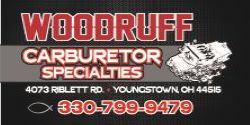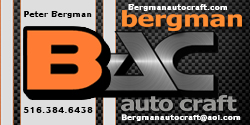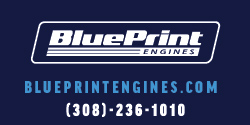Mopar_Shmopar
New Member
I have a 1973 Roadrunner, and I’m finally getting to the point where I’m ready to rebuild the engine and trans. The transmission is already out for a rebuild, but I’d like to tackle the engine rebuild myself.
That said, most places I’ve asked haven’t been too helpful—99% of the responses are, “Why bother with the 400? Just get a 440.”
Sure, I could do that. But I don’t want to. This car is numbers matching, and more importantly, it was a project my dad and I were supposed to do together. He passed away before we ever got the chance to dig in, so finishing this the right way means a lot to me. I want to keep the original 400 block and do it right.
My experience is mostly with Fords—specifically Coyotes—and I’ve done a fair amount of work on my ‘69 F250 (rebuilt heads, timing job, etc.). But Mopar stuff is uncharted territory, especially when it comes to engine internals and aftermarket parts.
Based on research, here’s what I think I need:
Does any of that sound off base? Has anyone here built a 400 for similar goals?
Also, are there any brands you trust or ones I should absolutely avoid?
Any advice would mean a lot. I want to build something my dad would’ve been proud of.





That said, most places I’ve asked haven’t been too helpful—99% of the responses are, “Why bother with the 400? Just get a 440.”
Sure, I could do that. But I don’t want to. This car is numbers matching, and more importantly, it was a project my dad and I were supposed to do together. He passed away before we ever got the chance to dig in, so finishing this the right way means a lot to me. I want to keep the original 400 block and do it right.
My experience is mostly with Fords—specifically Coyotes—and I’ve done a fair amount of work on my ‘69 F250 (rebuilt heads, timing job, etc.). But Mopar stuff is uncharted territory, especially when it comes to engine internals and aftermarket parts.
Here’s what I want to achieve:
- Around 400 crank HP. If that’s not possible in my budget, I’m okay going lower, but I want a solid step up from stock.
- I want the engine to be reliable enough for daily driving, with the strength to take hard driving without breaking.
- I want to keep the engine carbureted.
- I want to stay under $5,000 for the engine build (not including the trans).
Based on research, here’s what I think I need:
- The 400's stock compression is super low, so I know I’ll need new pistons.
- The factory iron heads are pretty weak—aluminum heads seem like a good upgrade.
- I’ve read that stroking the 400 with a 440 crank is a relatively simple and affordable way to add displacement and torque.
- I’ll likely need to bore it .030 or .040 over.
- The stock exhaust manifolds aren’t ideal. Most people I’ve talked to recommend long tubes.
Does any of that sound off base? Has anyone here built a 400 for similar goals?
Also, are there any brands you trust or ones I should absolutely avoid?
Any advice would mean a lot. I want to build something my dad would’ve been proud of.
















